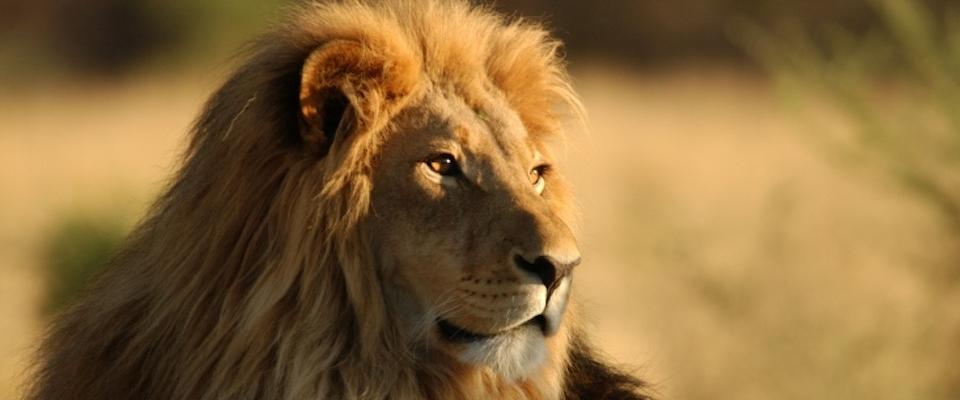Americans are critter-besotted. Dogs are surrogate children, kitten videos are almost as popular as porn on the internet, and animal-rights advocacy is de rigueur for up-and-coming (or down-and-declining) starlets hoping to establish some cred in the compassion and engagement departments.
Tom McShane, a research associate with the Global Institute of Sustainability at Arizona State University and the author of The Myth of Wild Africa: Conservation Without Illusion, opines that a kind of “animalism” has pervaded the zeitgeist: the sense that beasts are in many ways superior to human beings, and that their rights are equivalent to our own, their lack of neocortices notwithstanding.
But there’s a flip side to all this gooey obsession with warm-and-fuzzies, particularly in the realm of endangered species protection. While well-educated, well-heeled urbanites may go all weak at the knees at the mere thought of a noble wolf or magisterial rhino, the people who actually share territory with these animals often feel slighted. They sense that the world-at-large cares more about the wildlife than them, and they generally aren’t wrong in that assumption. The end result: dead lions, wolves, and bald eagles.
And dead Hawaiian monk seals. In a New York Times Magazine piece on the wanton slaughter of these rarest of pinnipeds by resentful locals, reporter and Berkeley Graduate School of Journalism alumnus Jon Mooallem quotes Environmental Law Program Director Holly Doremus on the tension caused by the human impulse to preserve wildlife, and the acceptance of their impact on our lives. (Mooallem has a new book out called Wild Ones: A Sometimes Dismaying, Weirdly Reassuring Story About Looking at People Looking at Animals in America.)
Doremus expanded on her views in a recent phone conversation. The apotheosis of wild animals, she observes, is not matched by tolerance of “true wildness.” That is, people tend to view wildlife through the lens of a Disney movie: lions are cool when they’re literal cartoons, aping human society and subsisting off grasshoppers, but they are repulsive when they act like real wild lions, chomping through the abdominal walls of wildebeests that are still alive, blithely killing cattle and terrorizing pastoralists.
“The fact is that there’s a cost to keeping wild animals around,” Doremus observes, “and that has to be acknowledged if we’re going to have any hope of conserving wildlife. You see a lot of push-back when a program works – for example, now that the re-introduction of the gray wolf (in the intermountain American West) has been successful, you’re seeing increasing resistance to them.”
And it’s not just charismatic predators and endangered species that are taking heat, Doremus observes. She cites heron and egret rookeries in the North Bay located near tony developments.
“Residents have complained bitterly about the noise and the stench of the nesting birds,” she says. “But if you want herons and egrets around, there has to be tolerance for their breeding activities.”
Regulators often do a poor job of getting across the message across about wild animals, Doremus continues. When all the focus is on “recovering” a particular species, necessary ancillary issues – habitat preservation and ameliorating impacts to locals – can get short shrift, ultimately assuring hard feelings and dead animals.
–Glen Martin



















